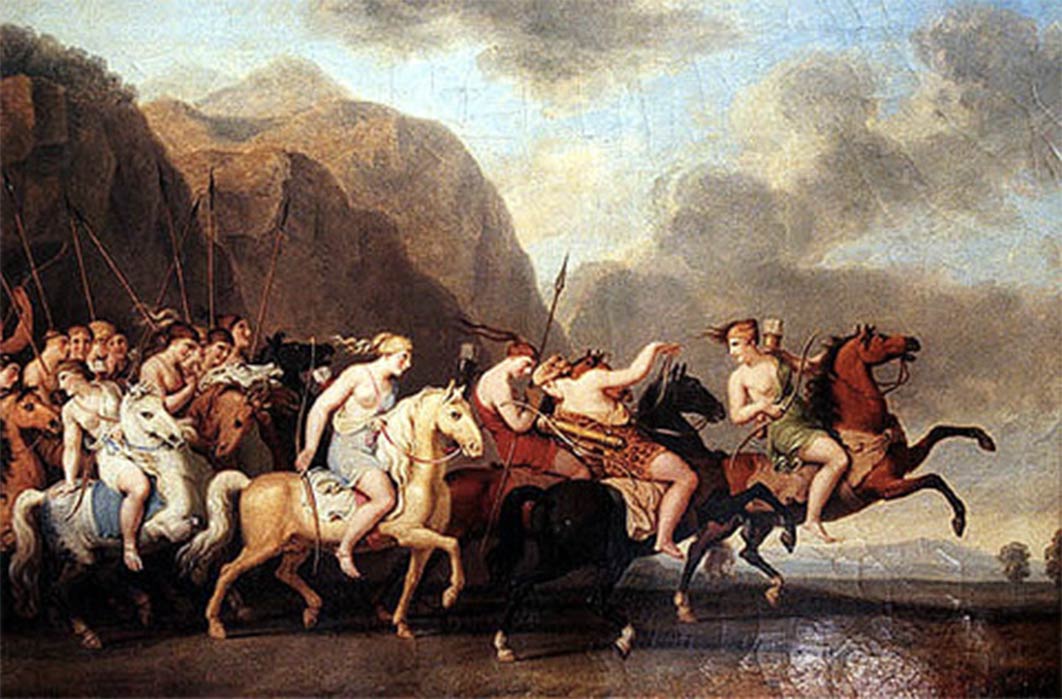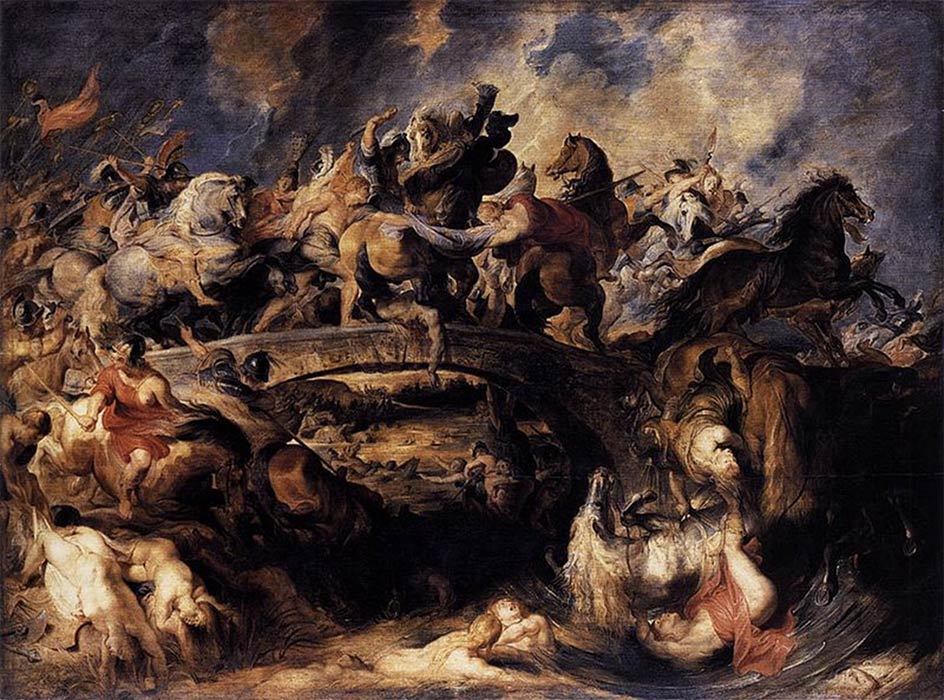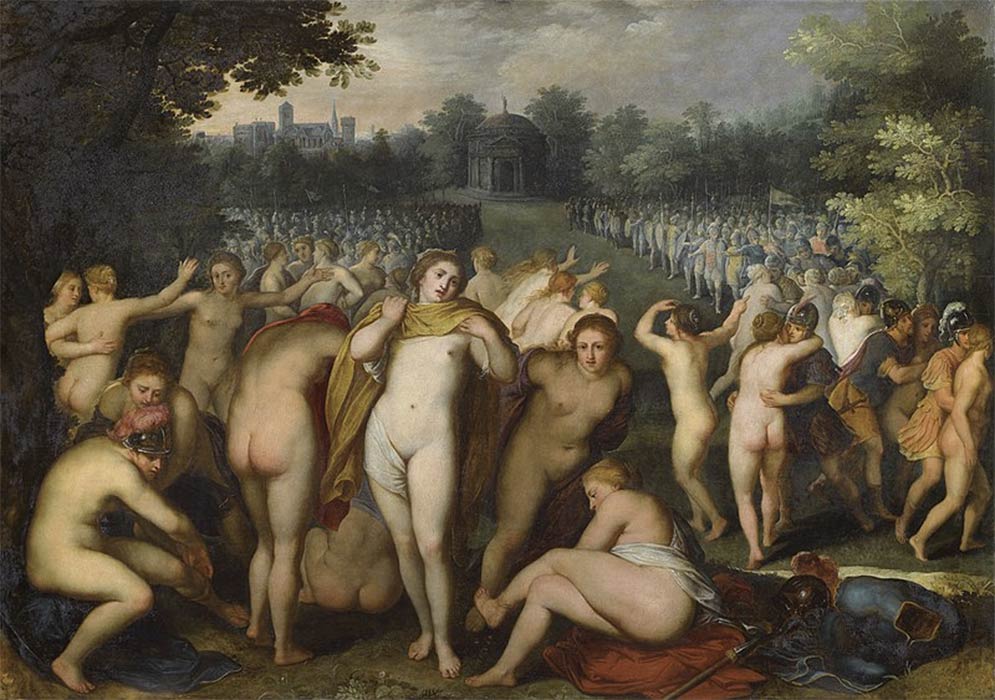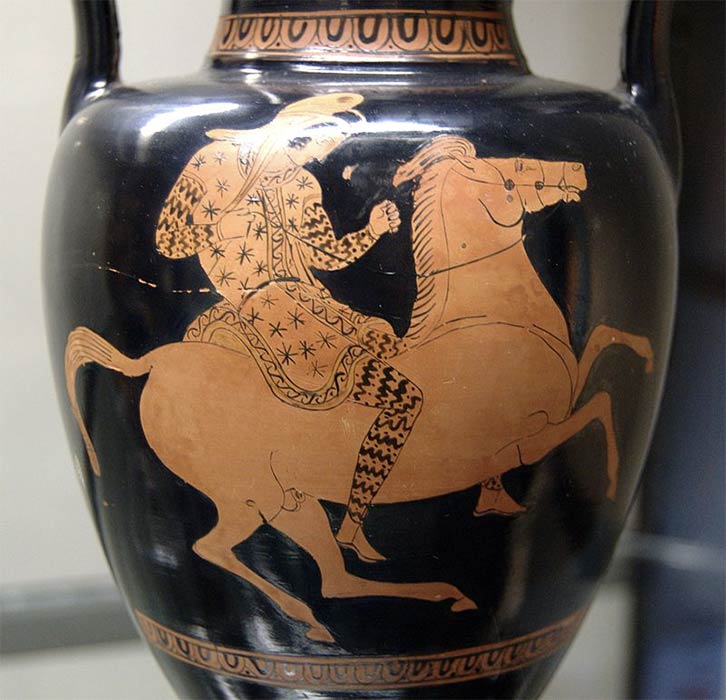
Wonder Woman And The Myth Of The Mighty Amazons
The names Thessalia, Hippolyta, Antiope, and even Princess Diana of Themyscira, better known as Wonder Woman are not unknown, even though up until recently only the romantics believed in their existence. They are Amazons, women warriors who were given mythological immortality by the Greeks. Every Greek warrior, from Hercules on down, had to prove his mettle by going up against an Amazon and emerging victorious from the battle. It was a rite of passage. But no one really believed they ever really existed. Until now.

Battle of the Amazons by Peter Paul Rubens (1617) Web Gallery of Art (Public Domain)
Adrienne Mayor, in her book, The Amazons: Lives and Legends of Warrior Women across the Ancient World, has drawn attention to recent archaeological discoveries that seem to prove, beyond the shadow of a doubt, that something like Amazons existed and may have been every bit as fierce as their reputations suggested. “As Princess Diana of Themyscira, Wonder Woman is of Amazonian blue-blood. Formed from clay by her mother, Queen Hippolyta, and given life by the breath of Aphrodite, she is a demi-god. The gifts she receives from the gods of the Greek pantheon explain her superhero powers, which become evident when she transforms into Wonder Woman…Overwhelming evidence now shows that the Amazon traditions of the Greeks and other ancient societies derived in part from historical facts.”

Amazons and Scythians, by Otto van Veen, (pre 1629) Kunsthistorisches Museum, Vienna (Public Domain)
Scythian Burial Mounds
While excavating Scythian burial mounds, archaeologists routinely uncovered evidence of Kurgans—nomadic, horse-centered warriors—including human bones found from the Black Sea to the steppes of Mongolia. To be able to fight from horseback, a unique weapon technology is required. Bows have to be shorter and more powerful in order to shoot arrows on the run over the head of one’s mount. Such bows and arrows are regularly found in burial mounds. It was just assumed that their owners were male warriors. But now the science of DNA testing has become a regular tool in the archaeologist's arsenal, and, as it turns out, at least one third of the bodies found were those of women warriors.

Riding Amazon in Scythian costume, Attic red-figure vase, c. 420 BC, Staatliche Antikensammlungen, Munich (Public Domain)
On horseback, a trained female warrior can be just as deadly as a male warrior, and maybe even prove to be a little faster and more maneuverable, due to the lighter weight the horse has to carry. Along with bows and arrows were found knives and daggers. Again, speed is more important than physical bulk when using weapons such as these. Archaeologists call them Scythian burial sites because that is what the Greeks called them. Scythians roamed the area north and east of the Mediterranean Sea and were a feared and respected people. But history prefers the name Amazon for reasons which have nothing to do with geography.





